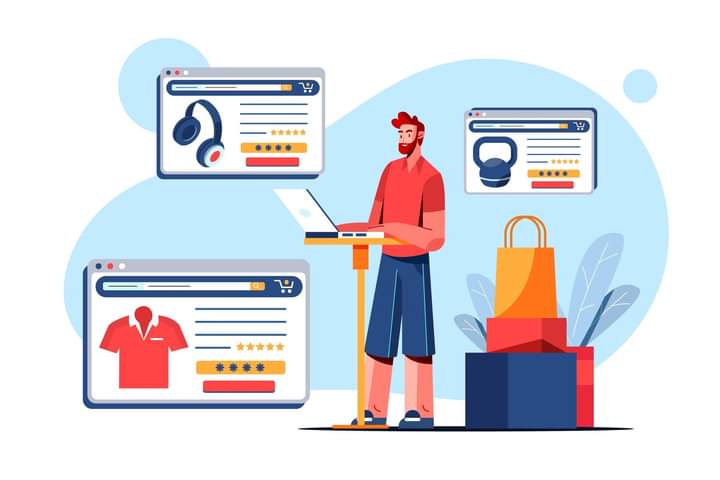Running a successful Shopify or WooCommerce online store requires a combination of strategic planning, effective marketing, customer-centric approach, and continuous optimization.
Here are some key steps to help you achieve success:
- Choose the Right Platform: Decide whether Shopify or WooCommerce is the best fit for your business. Both platforms have their strengths and weaknesses, so consider factors such as ease of use, cost, scalability, and available features.
- Select the Right Products: Identify a niche or target market for your online store. Conduct market research to understand customer preferences, pain points, and demands. Offer products that align with your target audience’s needs.
- Design a User-Friendly Website: Invest in a clean, professional, and user-friendly website design. Make sure your site is responsive, loads quickly, and is easy to navigate. High-quality product images and clear product descriptions are essential.
- Streamline the Checkout Process: Minimize cart abandonment by simplifying the checkout process. Implement guest checkout options, offer multiple payment methods, and ensure a secure and trustworthy payment gateway.
- Optimize for SEO: Ensure your product pages and website are optimized for search engines. Use relevant keywords in your product titles and descriptions, create unique and informative content, and build quality backlinks.
- Leverage Social Media: Build a strong presence on social media platforms relevant to your target audience. Engage with your followers, post regularly, and use social media advertising to promote your products and reach a broader audience.
- Offer Excellent Customer Service: Provide excellent customer support to build trust and loyalty. Respond to inquiries promptly, handle returns and refunds professionally, and encourage customer reviews and feedback.
- Utilize Email Marketing: Collect email addresses and use email marketing campaigns to nurture leads, offer promotions, and keep customers informed about new products or updates.
- Monitor Analytics: Use analytics tools to track website traffic, user behavior, and sales performance. Analyze the data to identify areas for improvement and make data-driven decisions.
- Implement A/B Testing: Continuously test different elements of your website, such as headlines, calls-to-action, and product images, to optimize conversions and improve user experience.
- Offer Special Promotions: Use limited-time offers, discounts, and loyalty programs to incentivize customers to make purchases and create a sense of urgency.
- Work on Customer Retention: Focus on customer retention as well as acquisition. Implement strategies like post-purchase follow-ups, loyalty programs, and personalized recommendations.
- Stay Compliant: Ensure your store complies with all relevant regulations, including data privacy laws, shipping regulations, and tax requirements.
- Monitor Competitors: Keep an eye on your competitors to stay ahead of industry trends, pricing strategies, and customer preferences.
- Continuous Improvement: Regularly review your store’s performance, listen to customer feedback, and be willing to adapt and improve your strategies based on the insights you gain.
Running a successful online store is an ongoing process that requires dedication and adaptation. By implementing these strategies and continually refining your approach, you can increase your chances of building a thriving e-commerce business.



